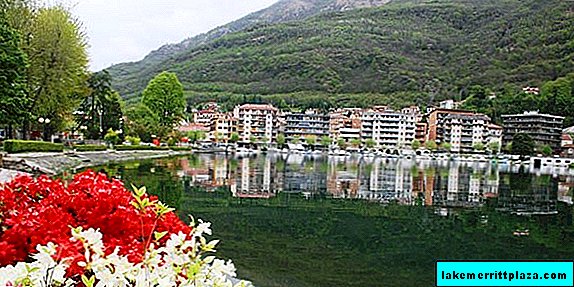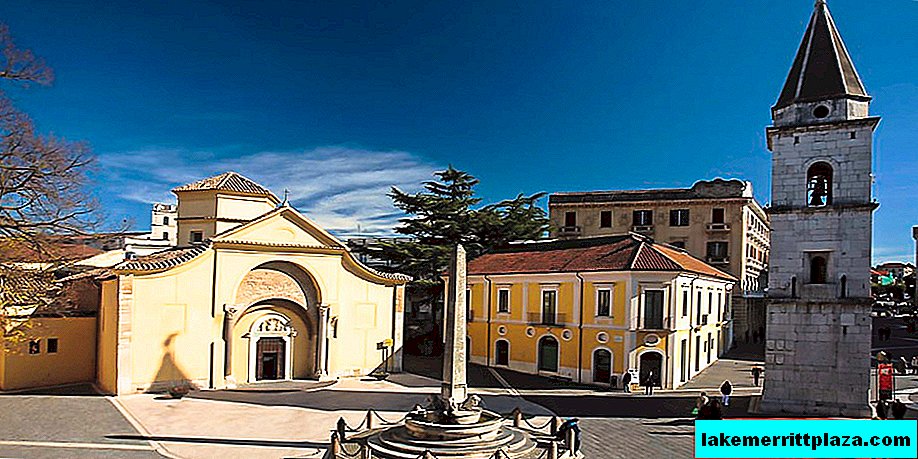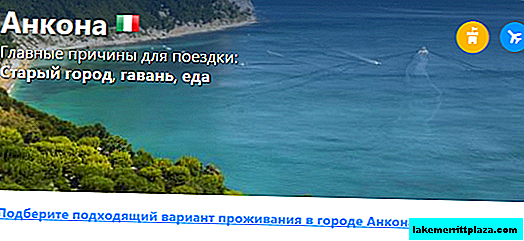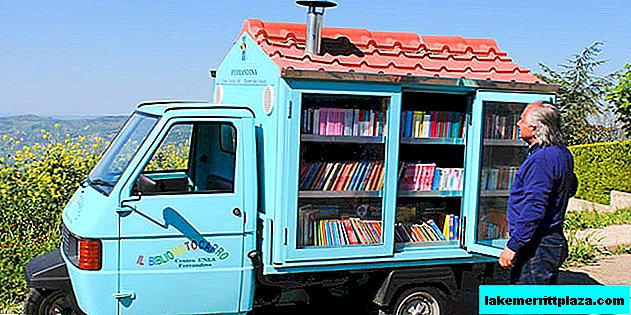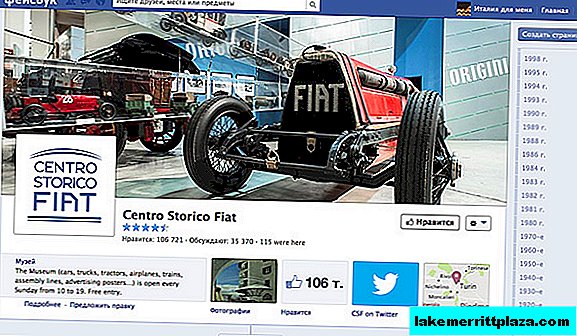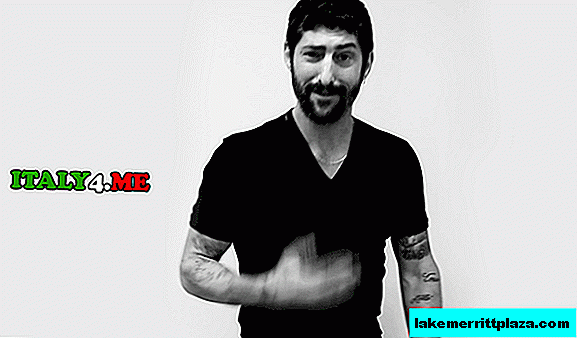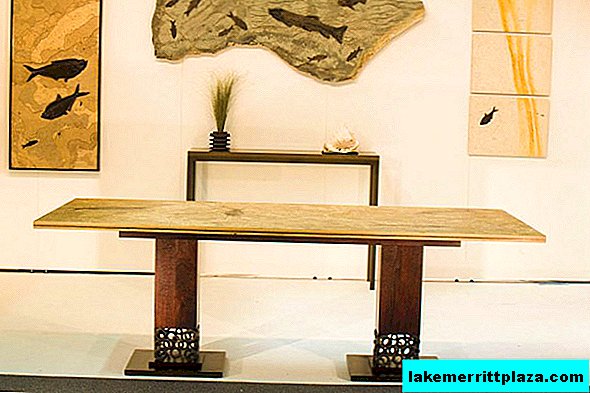Two Italian priests and a Canadian nun were abducted by an armed man in northern Cameroon. This information has already been confirmed by the archbishop and local authorities. So far, the police find it difficult to answer who is behind this crime, although the Nigerian Islamist sect Boko Haram, which has special influence in this region, has come under suspicion of investigators.
“At midnight, the doors of the church were hacked by unknowns, and the clergy were abducted. We don’t know where they are, but we can guess whose hands it is, ”said Archbishop Phillippe Stevens, who leads the community where priests disappeared. He also named the names of the abductees. They turned out to be Giampaolo Marta and Gianantonio Allegri, who were sent to the region to fulfill a special mission, as well as nun Gilberte Bissier (Gilberte Bissiere). Meanwhile, a spokesman for Pope Francis confirmed that the pontiff had been notified of the incident and that he was praying for the abductees. One Cameroonian official stated that armed groups were currently trying to free the hostages, but did not provide any additional details about the operation.
Last month, Allegri sent a letter to his diocese informing him that local authorities had advised him to move with the police for security reasons.
“Even if you don’t notice the obvious on the very surface, what is especially disturbing can be understood from our experiences and our conversations,” the archbishop wrote in a message dated March 12.
The diocese’s website, which includes the abducted clergyman, states that he and Martha were sent to Cameroon to negotiate with the local authorities to improve water quality, as well as possible methods of fighting AIDS. The Italian Foreign Ministry has already stated that it has contacted Cameroonian colleagues and are now trying to help the abducted.
Boko Haram, a radical sect from Nigeria, is implicated in the killing of thousands of people. Members of this movement advocate the introduction of Sharia in all of Nigeria, as well as for the total eradication of all manifestations and signs of the Western way of life. About five years ago, it was Boko Haram who initiated riots in the very north of the country and attacked Christian churches. In 2010, the sect conducted another series of attacks on churches, resulting in at least 30 injured. In 2011, similar actions by Boko Haram claimed the lives of 150 Christians and police officers.
In February 2013, a sect abducted a seven-member French family that spent holidays in northern Cameroon. The hostages were released only in April. French authorities denied that they had to pay Boko Haram a ransom for abducted citizens, although reliable sources said the opposite. According to some reports, the sect received $ 3.15 million for the stolen family. Last November, an unknown group was taken hostage by a French priest in the same region of Cameroon. The clergyman was released a month later.


